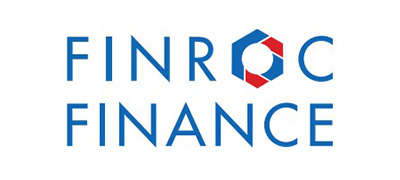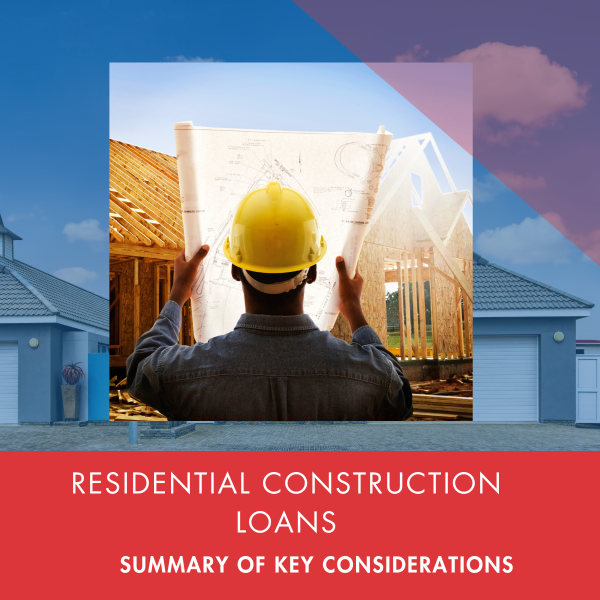If you are interested in purchasing a block of land with an old house, demolishing the house, and building a duplex, you will likely need a residential construction loan. Below is a summary of the main points you need to consider:
Major Lenders Offering Construction Loans
Several major lenders in Australia offer construction loans, including:
- Big 4 – Commonwealth Bank, Westpac, ANZ and NAB
- Macquarie Bank
- ING
- Suncorp
- Bankwest
- AFG Home Loans (available through accredited brokers like FinRoc Finance)
As each lender has different policies, rates, and eligibility criteria, the best loan for a client will be based on their individual circumstances.
Interest Rates and Loan Structure
Last year in 2024, interest rates for construction loans ranged from 6.00% to 7.50% p.a. depending on the lender, borrower profile, and loan type. Please remember that all lenders will add up to 3% when doing a review of the borrower’s capacity to service the loan.
Interest-Only (IO) During Construction: Most lenders require borrowers to pay interest only on the drawn-down portion of the loan during the construction period.
Principal & Interest (P&I) After Construction: Once construction is complete, the loan typically switches to P&I repayments.
Loan Security and Deposit Requirements
The loan is secured against the property (land and new construction), and lenders generally require a minimum deposit of 20% of the total land and construction cost. Some lenders accept as little as 10%, but this may require Lenders Mortgage Insurance (LMI).
Bear in mind that lenders will use an ‘as-if-complete’ valuation to determine the maximum loan amount.
Loan Term and Drawdown Structure
Loan terms are typically up to 30 years, with an initial 12–24 months construction period where the loan is interest-only. Construction loans are released in various draw down stages based on the builder’s progress. Common drawdown stages include:
-
- Deposit to Builder (5%) – Initial payment to the builder.
- Slab/Foundation (10–20%) – Payment once the foundation is laid.
- Frame Stage (15–20%) – Payment when the frame is up.
- Lock-Up Stage (20–30%) – When external walls, roof, and windows are in place.
- Fixing Stage (20–25%) – When internal fittings, electrical, and plumbing are installed.
- Completion (10%) – Final payment after inspection and approval.
Borrower Eligibility and Required Documentation
To assess loan eligibility, lenders will require comprehensive financial information from the borrower.
PAYG Employees:
-
- Minimum employment period (e.g., 6–12 months in the same job).
- Recent payslips (last two).
- Most recent PAYG payment summary or tax return.
- Bank statements (last 3–6 months).
Self-Employed Borrowers:
-
- Two years’ personal and business tax returns.
- Notice of Assessments (NOA) from the ATO.
- Profit & Loss Statements for the business.
- Bank statements to show income flow.
- Some lenders offer Low Doc Construction Loans with alternative income verification.
Additional information required to assess financial position and the borrower’s capacity to service the loan include a full breakdown of income sources and living expenses, assets and liabilities and credit history.
Fixed-price building contracts must be provided by a licensed builder. Council approved plans and permits are needed before the loan is approved. Most lenders also require builder’s insurance and home warranty insurance.
Clients will need to have savings to pay for stamp duty, demolition costs, site cost for excavation and soil testing, landscaping and fencing. Also please note that Owner Builders are not generally accepted by any bank.

